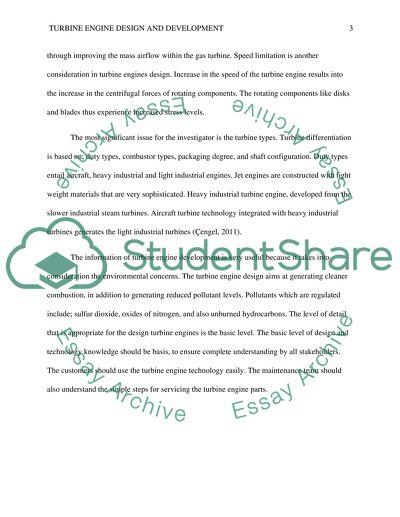Turbine Engines Design Assignment Example | Topics and Well Written Essays - 500 words. Retrieved from https://studentshare.org/technology/1696432-write-a-2-page-review-addressing-the-design-and-construction-of-turbine-engines
Turbine Engines Design Assignment Example | Topics and Well Written Essays - 500 Words. https://studentshare.org/technology/1696432-write-a-2-page-review-addressing-the-design-and-construction-of-turbine-engines.


